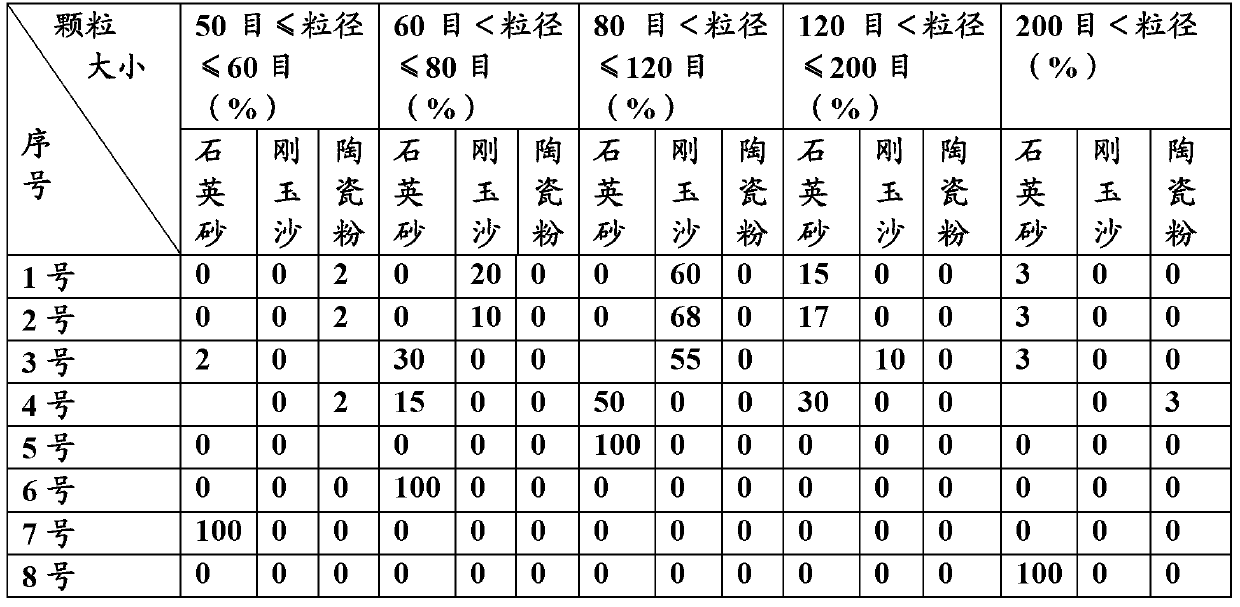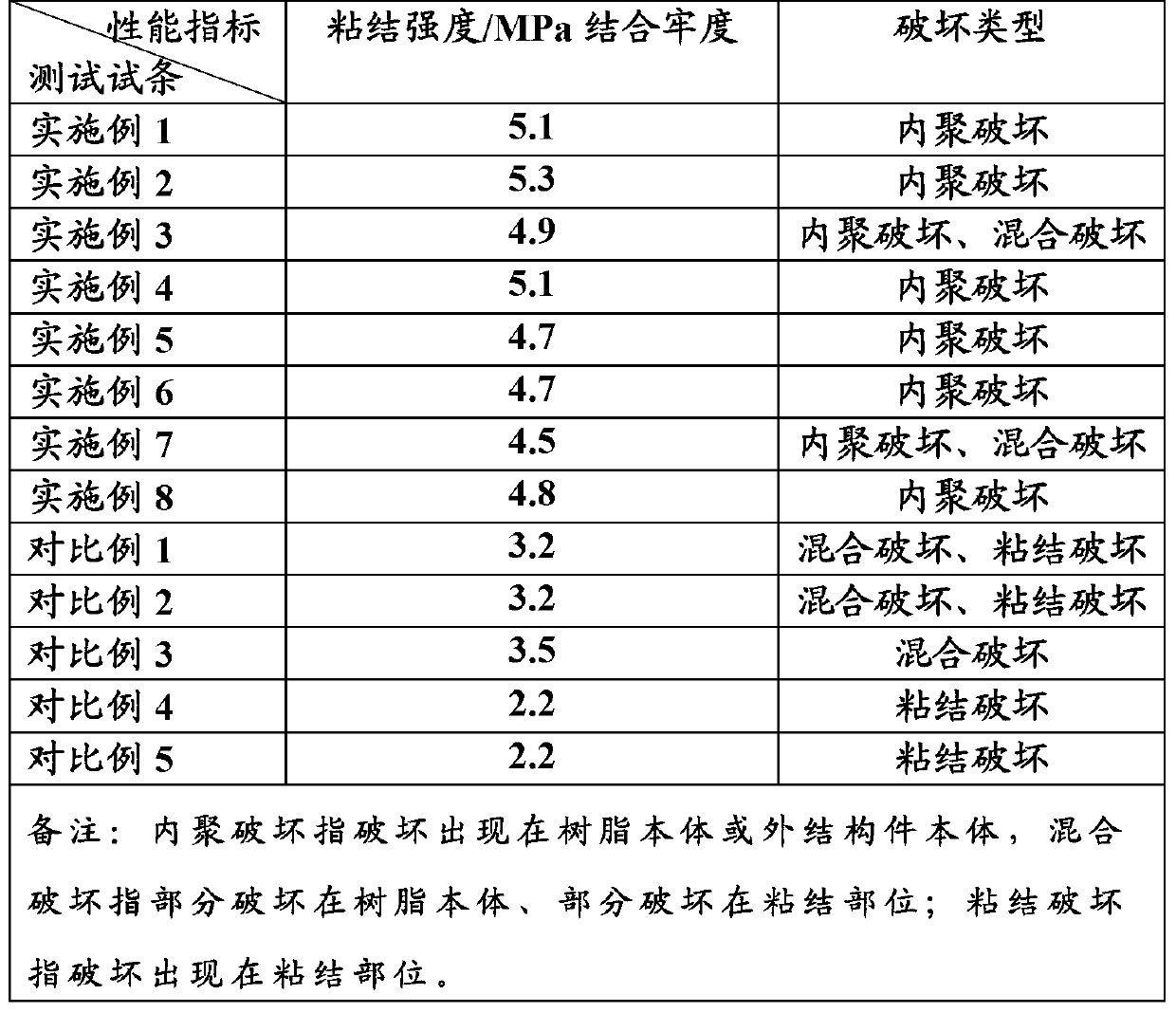Casting bonding method for hollow fiber membrane assembly
A fiber membrane and hollow technology, applied in the field of hollow fiber membrane modules, can solve the problems of incomplete bonding, weak bonding force between interfaces, increase interface bonding, etc., achieve reduced volume shrinkage, low cost, and overcome spinning Effect
- Summary
- Abstract
- Description
- Claims
- Application Information
AI Technical Summary
Problems solved by technology
Method used
Image
Examples
Embodiment 1~4
[0018] Add No. 1 to No. 4 inorganic reinforcing materials in Table 1 to the epoxy resin binder (618 epoxy resin, 105 curing agent), the addition amount is 3% of the weight of the epoxy resin binder, and stir The method is used to make the resin and the inorganic reinforcing material evenly mixed, and it is added to the casting part when casting the hollow fiber membrane module. The conventional process is used for casting. After the casting is completed, the bonding fastness between the hollow fiber membrane and the outer member is tested. The damage results are shown in Table 2.
Embodiment 5~8
[0020] Add No. 1 to No. 4 inorganic reinforcing materials in Table 1 to the polyurethane resin binder (Korean Easy Tech Company, EPU-3000), the addition amount is 3% of the weight of the polyurethane resin binder, and the method is stirred Mix the resin and the inorganic reinforcing material evenly, and add it to the casting part when casting the hollow fiber membrane module. The conventional process is used for casting. After the casting is completed, the bonding fastness between the hollow fiber membrane and the outer member is tested. The damage results are shown in Table 2.
PUM
 Login to View More
Login to View More Abstract
Description
Claims
Application Information
 Login to View More
Login to View More - R&D
- Intellectual Property
- Life Sciences
- Materials
- Tech Scout
- Unparalleled Data Quality
- Higher Quality Content
- 60% Fewer Hallucinations
Browse by: Latest US Patents, China's latest patents, Technical Efficacy Thesaurus, Application Domain, Technology Topic, Popular Technical Reports.
© 2025 PatSnap. All rights reserved.Legal|Privacy policy|Modern Slavery Act Transparency Statement|Sitemap|About US| Contact US: help@patsnap.com


